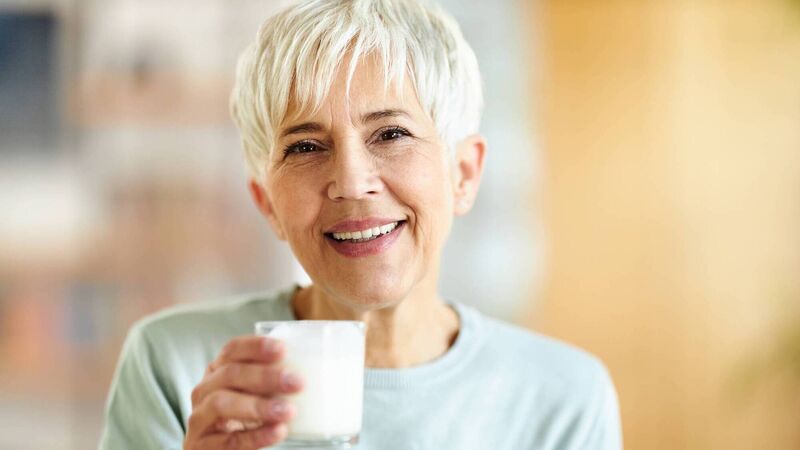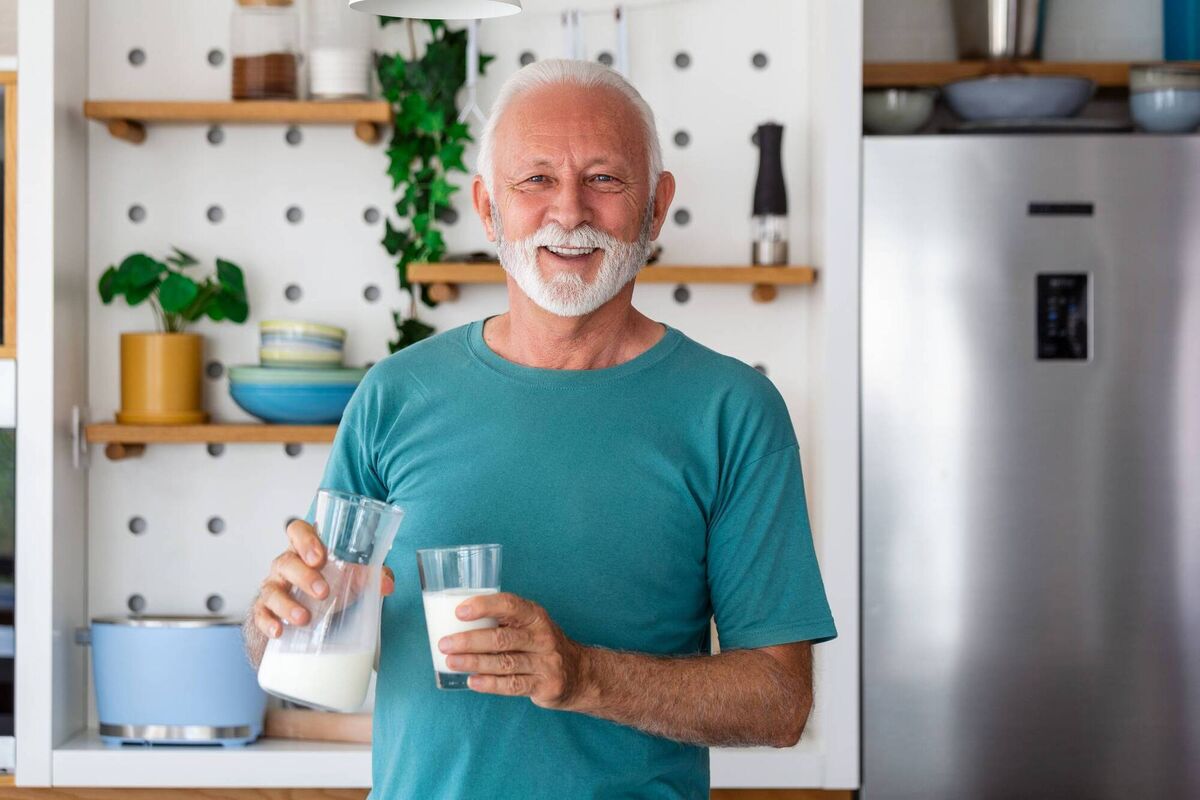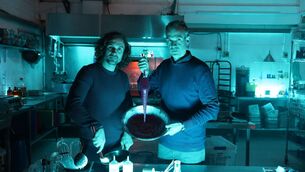'Incredibly cheap' diet change could halve risk of hip fractures in older people

By adding enough dairy to your diet, you can reduce the risk of hip fractures by almost half. Picture: iStock
Half of older people who suffer a hip fracture from a fall will die within six months. This stark fact propelled Dr Sandra Iuliano, a researcher at the University of Melbourne, to work towards improving those odds.
“It’s a really horrid way for an older adult to live the last few months of their life,” she said at a recent conference in London organised by the European Geriatric Medicine Society (EuGMS).
The chance of suffering a fracture increases for women exponentially after menopause, and for men from about 60 years old.
“So you’ve got this group of people in their 80s and 90s that have a huge risk of fractures, and we’re now living into our 90s quite comfortably.” In Ireland, the cost and burden on our healthcare system are enormous. Every hour there are between three or four fragility fractures – or almost 90 daily.
Closely associated with fragility fractures, which are steadily becoming more common in Ireland, is osteoporosis, a health condition that weakens bones, making them fragile and more likely to break.
Of the 209,000 people with osteoporosis in Ireland in 2019, almost 80% were women. Some 20% of women and 6.2% of men aged 50 years or more are estimated to have the condition.
Yet healthcare spending remains low compared to our European neighbours. Osteoporotic fractures in Ireland accounted for about 2% of healthcare spending in 2019 – or about half a million – much lower than the European average of 3.5%. The cost to the health system per person stands at almost €100 for a fracture, an increase of 73% over the last decade.
Most worryingly, around a third of women in the country remain untreated for osteoporosis, and fracture rates are expected to skyrocket in the coming years.
Hip fractures among those over 50 are expected to increase by almost 60% by 2034, significantly higher than the rest of Europe, with an 11% projected increase. For those over 75, incidents are expected to surge by 80% for men and 70% for women.

Iuliano noticed that care home residents had inadequate intakes of calcium and protein in their diets, both risk factors associated with fractures. She surmised that by giving older people the recommended amount of dairy every day, their bones would stand a better chance. The results couldn’t have been more promising.
In a study of 7,000 older people in care homes in Australia, half were given the recommended amount of dairy every day (five Irish servings - one serving equals a 200ml glass of milk, a 125g pot of yogurt or a 25g piece of hard cheese), and half continued their regular diet.
Iuliano and her team of researchers found that those who consumed the recommended servings of dairy products suffered a third fewer fractures than those who continued with their usual diets. And those who consumed enough dairy in their diet had a 46% reduction in hip fractures and an 11% reduction in falls compared to their counterparts.
The significance of the results cannot be understated, and the intervention cost 70c per resident per day, much cheaper than many alternative remedies and the ultimate cost to the individual and the economy.
The study found that by consuming milk, yogurt, cheese and so on, weight loss slowed and bone loss reduced.
“Dr Iuliano's research has shown a significant reduction in fractures,” said David Armstrong, an NHS consultant specialising in osteoporosis who chaired the panel in London.
He said 10% of people suffering hip fractures in Northern Ireland go into care homes permanently and rates are increasing yearly due to demographic changes as people live longer.
Armstrong stressed that Iuliano’s intervention is “incredibly cheap” and should be attractive to policymakers and care home managers.
Iuliano pointed out that older adults tend to eat about 1.6kg of food per day, a comparatively small amount which requires foods to be high in dairy to intake the recommended amount of calcium. For comparison, consuming calcium through a vegetable such as broccoli would require eating 4kg per day. “They can’t eat enough vegetable-based food to get all the nutrients they need,” she said.
What about millennials entering care homes some years from now who ask for plant-based milks? “When looking at alternative milks, some of those milks have different protein contents and some have no protein. And some of them have no calcium… If someone gave me the money, I’d do the trial, but [right now] we don’t know.”
- Today is World Osteoporosis Day

Celebrating 25 years of health and wellbeing








